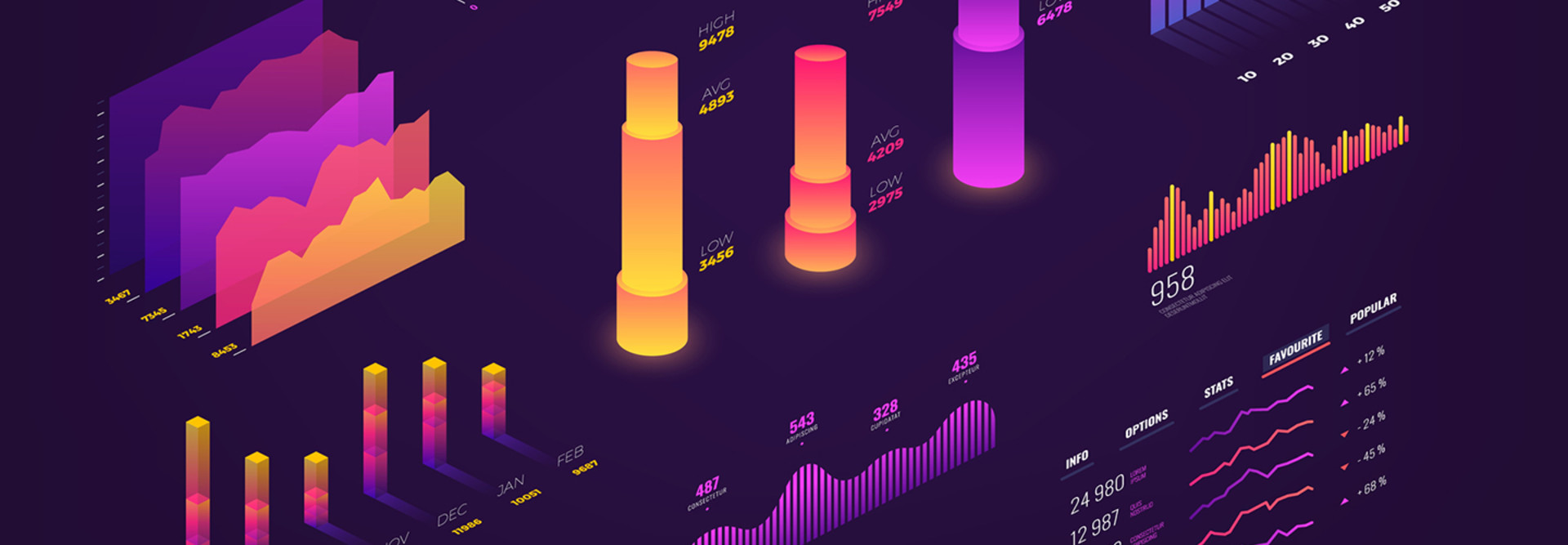IT Managers Should Take Advantage of Dynamic Graphics
Data can be a powerful tool for state and local governments. Data-based decision-making offers an objective way to allocate resources, respond to complaints and comments, and deliver services to constituents. State and local IT teams can use visualization tools and dashboards to help both managers and customers pull meaning out of data previously locked away.
Some best practices state and local IT managers should follow to create effective to have a good understanding of the underlying raw data. Without a good understanding of the raw data and its meaning, there cannot be certainty that the visualization gives a good picture of what is really happening. People may draw false conclusions.
Additionally, picking the right information and presenting it in the right way requires more than knowing the data — it requires knowing the audience that will use the visuals.
And when a visualization tries to show the relationship between different data sets through correlation, summary and averaging, or other statistical manipulations, it’s important to ensure the math is right. A full-time data scientist can help ensure the accurate use of statistics. If a full-time data scientist is not available, some short-term help can ensure their appropriate use.
Data visualization can present static graphics attached to a report or displayed to explain a point, but the real power of many modern visualization tools lies in their dynamic capabilities. They give the audience the ability to zoom in and out, pivot, and add or subtract datasets whenever they pull up a graph.
MORE FROM STATETECH: Discover how data helps state and local governments fight the opioid crisis.
Use the Dynamic Properties of Data Visualizations to Their Fullest
State and local governments should take advantage of these capabilities to allow users to manipulate data visualization graphics to meet their own needs. But they should make sure users can get back to the base graph and layout with a simple click of a button.
At the same time, agencies should use a rapid-prototyping approach to any dashboard visualization. A static framework provides the canvas to paint on, but the proper tools and designs add the freedom to build, remove and modify graphics as required.
It’s OK to take the time to get it right. User feedback and usage data can provide useful reviews to adjust graphics.









